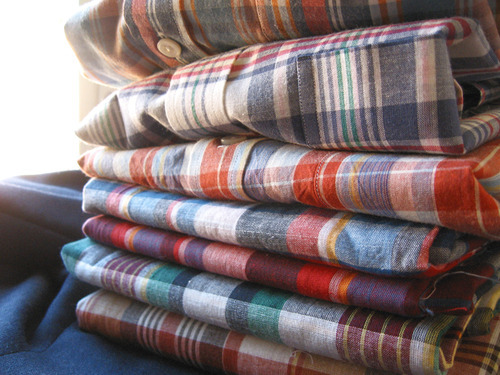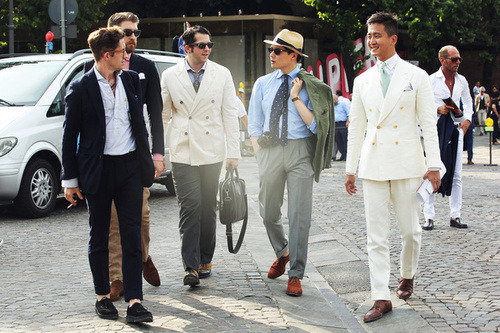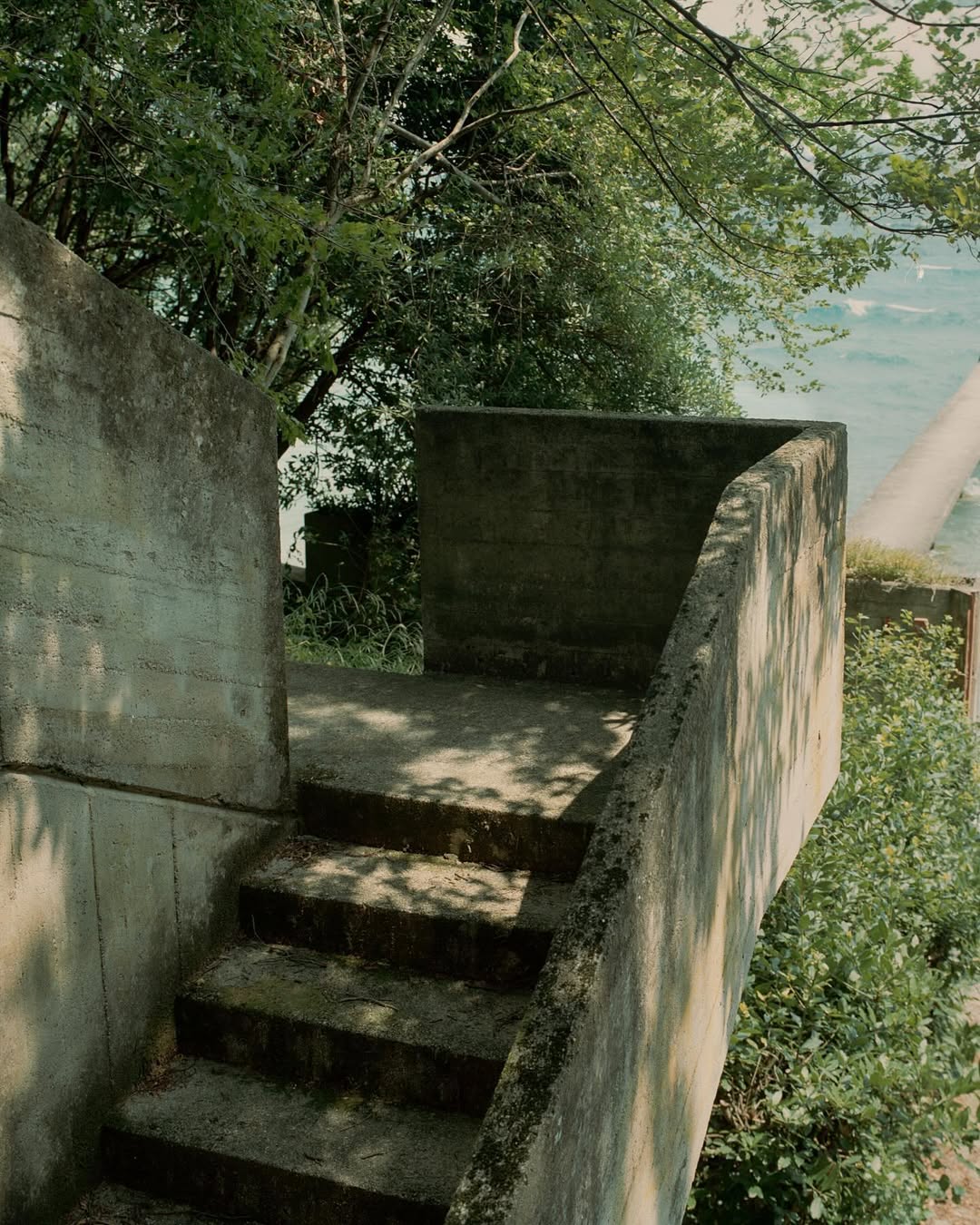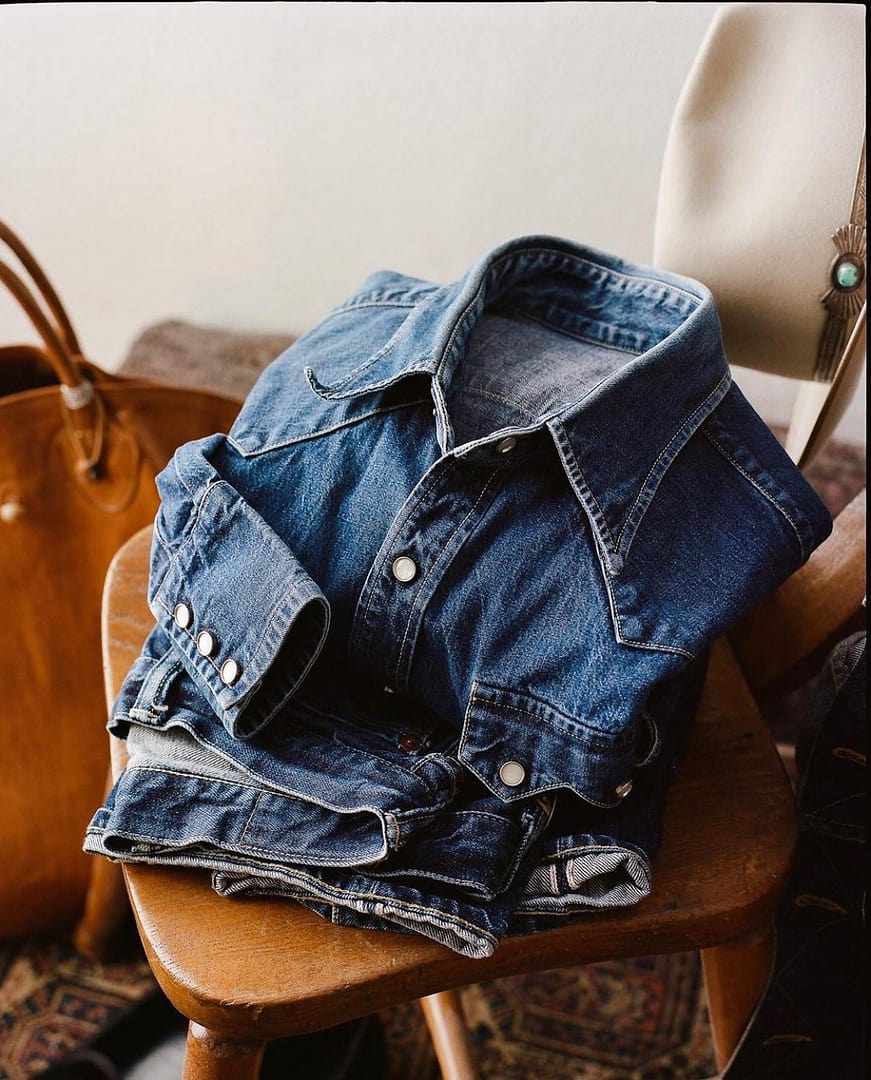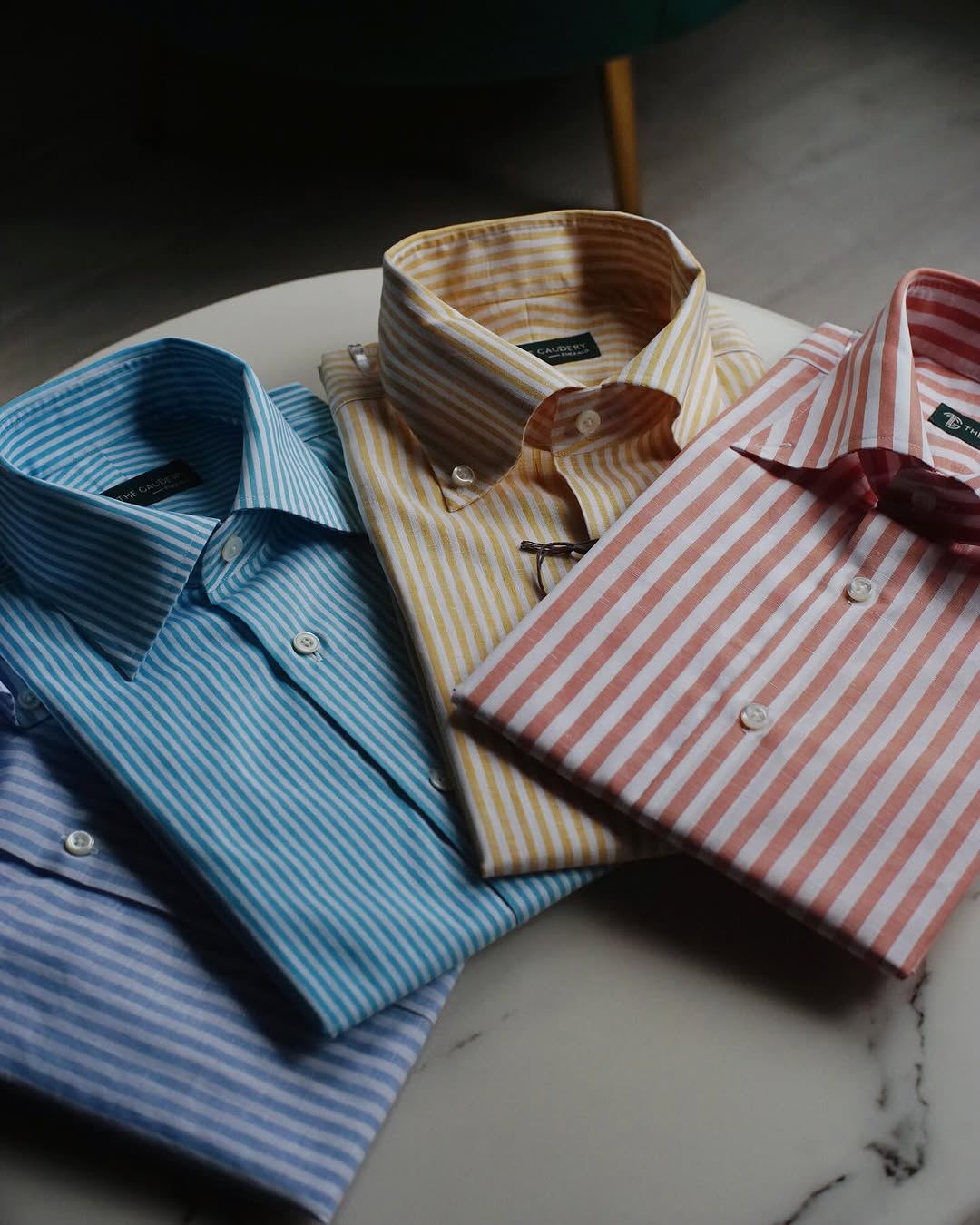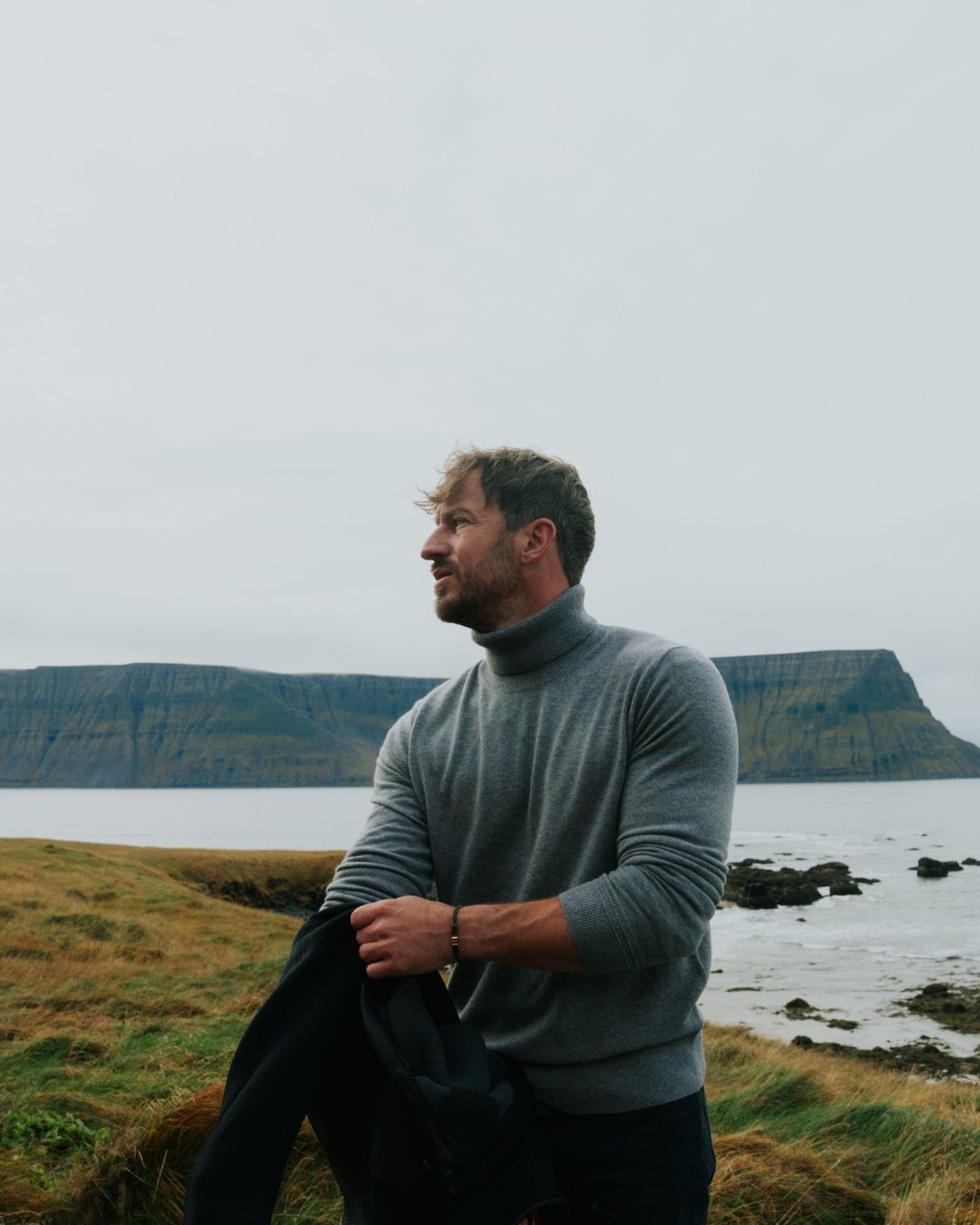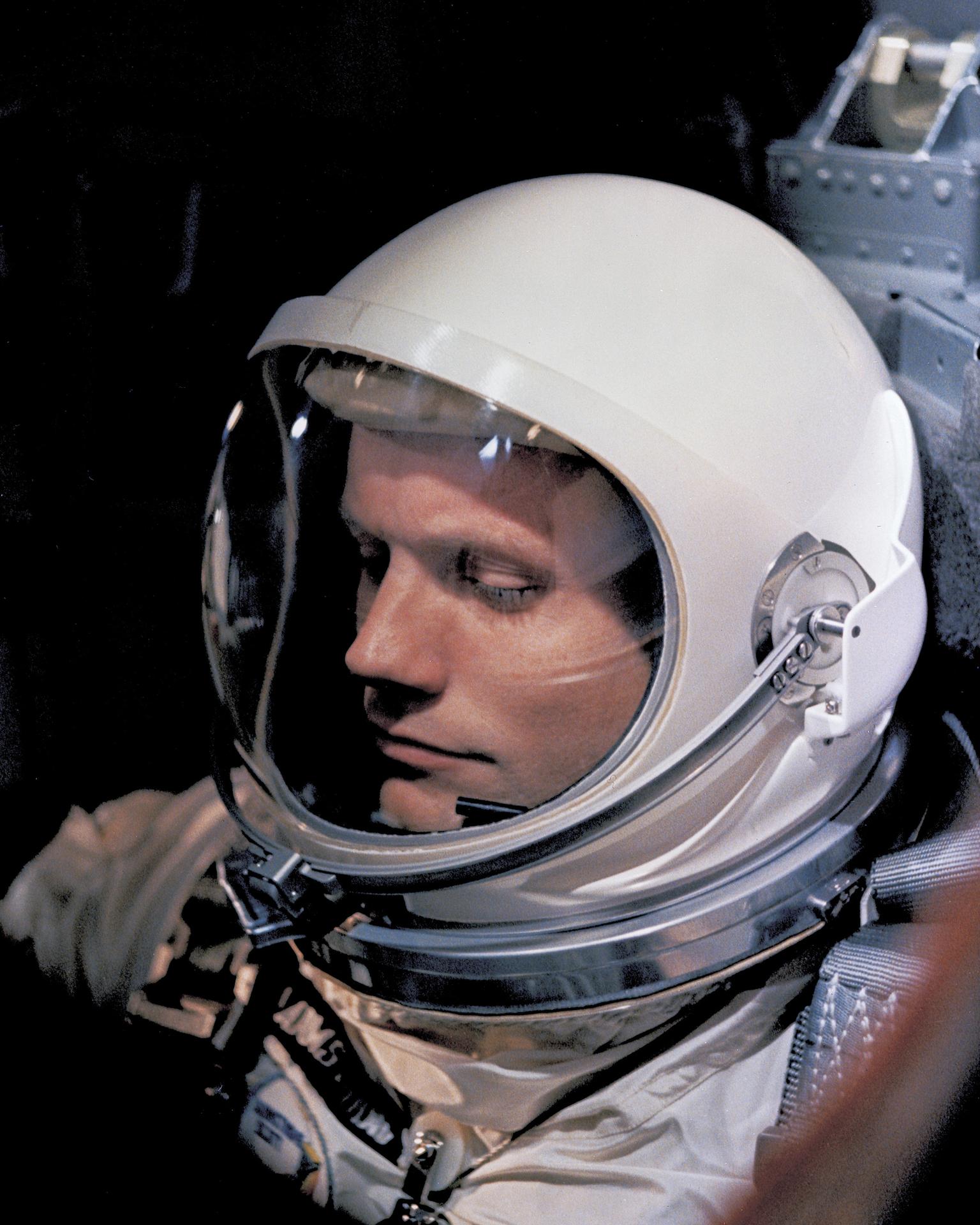Summer’s Sneakers
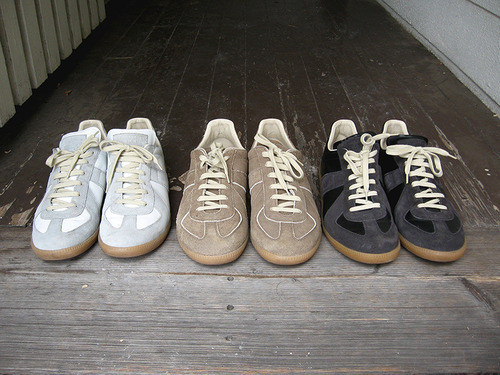
The New York Times had an article a few weeks ago about the return of sneakers, and how some men (mostly New Yorkers) have been trading in their wingtips for gym shoes. It wasn’t a terribly interesting piece, to be honest, as sneakers have never not been popular, and men have been mixing them with tailored clothes for at least a couple of years. For anyone who would even be interested in reading such an article, this is all old news. Instead, I thought the author missed what’s a much more broader and interesting development: the rapid growth of designer sneakers in the last twenty years, which has culminated into the crazy market we have today.
The idea of designer sneakers is as tricky as the idea of designer clothes. It’s never clear what people mean by “designer” – whether it’s about the name behind the label, the intent of the design, or the “theatrics” of the clothes themselves, as Eugene Rabkin once put it. Either way, we kind of know what people mean when they refer to it, and in this way, the rapid growth of designer sneakers is interesting in the same way designer jeans have been interesting. It’s a deliberate de-democratization of something that used to be incredibly democratic. Sneakers are unique in that everyone from Bill Gates to homeless people wear them, but in the emergence of designer sneakers, there’s a new stratification where there used to be none. Designs from Giuseppe Zanotti and Alexander McQueen, for example, retail close to a $1,000 nowadays, which makes the $100 Jordans we all used to covet as kids seem like a joke.
I admit, I’ve been paying more for sneakers than I ever thought I would, but you’ll never catch me dropping close to a grand. I do wear sneakers a lot in the summer, however, particularly with beat-up denim and casual outerwear. Some expensive, some not, and some not even really considered designer at all.
At the top of the list are the Margiela German Army Trainers. I picked them up in three colorways, and for a while wore the brown and black pairs almost exclusively. Lately, however, I’ve come around to accepting that the white versions are the most useful, even if they’re the least interesting, as they simply don’t take that much thought to coordinate. More affordably, real German Army Trainers can be had for about $80 if you go through a proxy on StyleForum. The biggest difference between them is that the originals won’t have that grey stripe that (I think) help balances out the toe box. They are priced attractively, however, and being the originals has merit.
Keep reading
